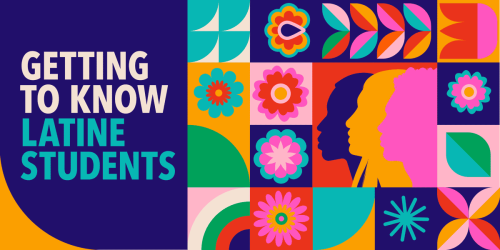Multilingual students have valuable linguistic and cultural assets that support them in school and enrich the learning environment for everyone. With an asset-based approach to language development, you can build on these strengths while helping students develop essential language skills. We can help you identify and implement asset-based English learner policies and practices that best fit your community. By honoring the diverse linguistic, cultural, racial, and ethnic backgrounds of students and their families, we can dismantle barriers to student success, create more effective systems, and help multilingual students succeed in school and society.
How We Can Support You
- Dual language programming and evaluation
- Teacher preparation partnerships
- Integrated language and core content instruction
- Multilingual learner policy and programming
- Newcomer services
- Multilingual literacies
Who are Multilingual Learners?
Multilingual learners are all students who are developing proficiency in two or more languages at home or in school. This includes all students who have ever been classified as English learners: students who are currently classified as English learners, former English learner students who were reclassified, and students being monitored for their first few years after reclassification. English learner students are eligible for a variety of services and supports, including English language development, although their families may waive these services. Multilingual learners also include heritage language speakers who were never classified as English learners and come to school with exposure to a home language other than English. American Indian and Alaska Native students may be classified as English learners or multilingual learners learning their heritage language.

Dual Language
Dual language programs build the linguistic and academic skills of all students.
Our Experts
-

Managing Researcher
-

Leader
-

Principal Consultant
Building a clear path toward better education for all, together
PARTNER WITH USInsights & Resources
Learn about phase 2 of the Education Northwest technical assistance approach: collaborative implementation.
When educators build authentic relationships with Latine students, we can honor their culture and set students up for academic success.
Dr. Manuel Vazquez Cano reflects on his experiences in bilingual education—as a student and researcher.
The integrated English language development model combines content and language instruction so all students, regardless of English proficiency, can access learning and meet standards.
This brief provides strategies for making systems-level changes to promote learning and well-being among newcomer immigrant youth.









